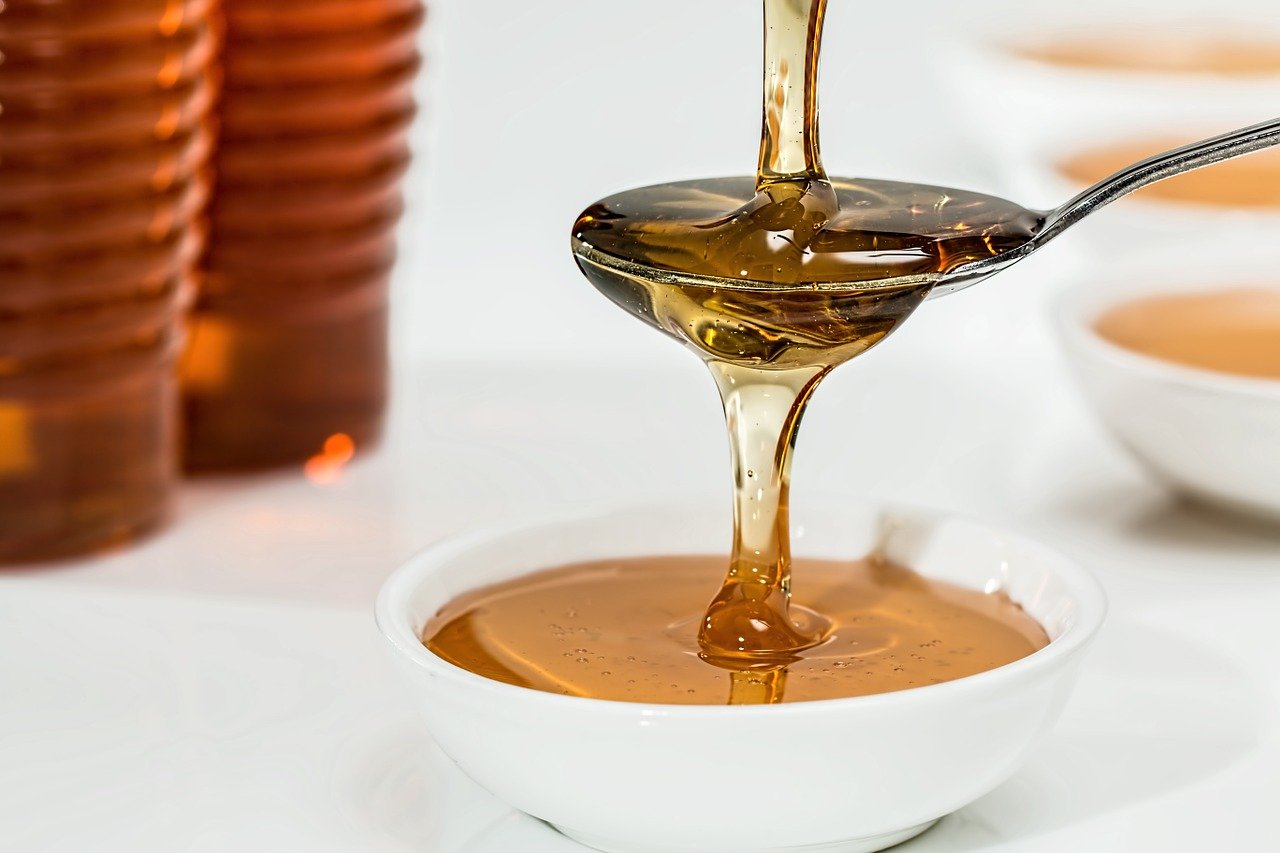
Flu and the common cold are widespread conditions that can cause a world of misery. The symptoms of flu include cough, fever, runny nose, and sore throat. Nasal congestion and nasal ache are also commonly experienced. The fever in flu can be associated with chills and shivering.
The most common cause of flu is the influenza virus. The flu symptoms can be relieved by antiviral drugs to some extent, but they are not the definitive treatment. Along with the use of medications, many home remedies can reduce the severity and duration of symptoms associated with flu.
A detailed description of different home-based remedies for the flu is given in the following section.
1) Taking Water and Fluids
Keeping yourself hydrated is essential to cope with respiratory or gastrointestinal flu. Taking more water, will keep your nose, throat, mouth and sinuses moist. This minimises the size and space inside cavities and prevent mucous accumulation and phlegm formation.
Diarrhoea associated with other symptoms of the flu, can lead to dehydration. In such cases, taking more fluids is essential to maintain the osmotic balance of your body. A rough idea about the hydration of your tissues by the frequency and colour of the urine.
2) Drink Warm Broth
Hot broth made from chicken or beef bones is a well known home-based remedy for flu treatment and can get rid of nasal and sinus congestion. The hot broth of beef bones contains a significant amount of proteins and minerals such as sodium and potassium.
Intake of broth relieves the symptoms of flu and replenishes the nutrients. Hot broth’s overall high protein content also boosts the immune system, which helps subside the underlying infectious cause. Ready-made varieties of the chicken and beef broth are available in the market as well, but it is recommended to prepare such broth at home by boiling the chicken or bones of beef.
3) Steam Inhalation
Breathing over a pot of hot water emitting steam, can help soothe the nostrils, sinuses, throat and lungs. In steam inhalation therapy, water vapour present in the steam losens the mucous congestion and mucous accumulations. After a steam inhalation therapy, nose swelling and irritation would be reduced, dry cough would be relieved due to airway clearance, and chest pressure reduced due to opening the lungs’ airways.
You can heat water for steaming in a pot over the stove, microwave, and vaporizer. It is essential to note the temperature of water used for steaming therapy. Steaming water temperature must be kept lower than its boiling point. Face and hands must be kept at a safe distance from the steaming water to avoid any adverse effects such as scalping or burning of the skin.
Note: You can add a few drops of essential oils or some medicated rub to get antioxidant and antiviral benefits.
4) Drinking Herbal Tea
Several herbs contain compounds that have antiviral and antibacterial properties. Some antibiotics and antiviral drugs are also extracted from such herbs. Star anise is a spice shaped like a star that is a natural source of well known antiviral drug oseltamivir used to treat viral flu.
Several herbal and leafy tea types are in everyday use as a home-based remedy for flu. The commonly used herbs for making flu-fighting tea include star anise, green or black tea, turmeric, ginger, fresh garlic and cloves.
The herbal tea is not only beneficial in its antioxidant and antiviral aspect; a hot herbal tea also opens the congested nostrils and sinuses in patients with flu. Adding sweeteners such as honey or other bee products to herbal tea can further enhance the effects of herbal tea for the flu.
5) Application of Essential Oils
Many studies indicate that different types of essential oils have antibacterial and antiviral activity. A few drops of essential oil are added to soap or the lotion used regularly. Some face washes and other commercial products also contain some amount of essential oils. Essential oils can also be used in combination with almond or olive oil. The direct ingestion of essential oils is not usually recommended because many of them have toxic effects.
Tea tree oil is the most commonly used essential oil in the treatment of flu. It helps is flu by controlling the multiplication of the viral agent and gives the best result if used within two hours after the onset of flu symptoms. Other essential oils used as a home-based remedy for flu treatment include cinnamon oil, eucalyptus oil, lemon oil, thyme oil, oregano oil, geranium oil, and peppermint oil.
6) Zinc Intake
Zinc is a mineral that boosts the immune system. Zinc causes the proliferation and maturation of white blood cells in the body. An increased intake of zinc and a subsequent stronger immune system helps get rid of viral flu quickly.
Zinc is usually present in a healthy diet plan. However, you can take zinc supplements in the flu season to keep your immune system at its optimum functioning. Some diets containing more zinc include red meat, shellfish, beans, nuts, seeds, and dairy.
7) Honey
Honey is known to contain several antibacterial and antiviral properties. A minute quantity of honey in tea with lemon helps relieve the sore throat. Honey is also an effective cough suppressing natural product; cough is one of the main symptoms of flu.
Researches indicate that intake of 10-15 grams of honey at bedtime keeps the flu symptoms from disturbing your sleep. The use of honey is safe for adults and older children, but it is contraindicated for children less than one year. Honey often contains botulinum spores. These spores grow into bacteria in the gastrointestinal tract of infants and cause paralysis.
8) Use of Humidifier
The flu symptoms worsen in a dry environment because dry air is an optimum condition for the survival of viruses. The outdoor air is usually dry due to cold temperatures. The use of either heaters or air conditionesr often makes the indoor air dry. A humidifier can impair the multiplication and survival of viral agents.
9) Gargles
Gargle causes moistening of the mouth and throat and temporarily relieves some symptoms of flu. Gargling four to six times a day with hot water in which salt has been added significantly reduces the severity and duration of flu symptoms. The hot water gargle also causes loosening of congested nostrils and sinuses. You can use special elements such as honey containing tea, essential oils containing fluid for gargles to get more beneficial effects.
10) Stay warm and Rested
Staying warm reduces the aches in the body that occur due to the flu. Proper rest and sleep patterns minimize the severity of the flu symptoms and quicken the recovery. When you stop routine activities and rest, your body’s energy is redirected towards boosting your immune system. A stronger immune system will subside the viral infection quickly.
11) Hot Baths and warm Compresses on Face
Some of the symptoms of the flu can be reduced by taking hot baths. Hot baths relax your body and reduces fever. They might also open up congested sinuses and nostrils. Adding a few drops of Epsom salt or essential oils in moderately hot water before taking a bath will reduce the body aches and give a soothing effect.
The warm compress over the forehead and around the nose reduce headache and sinus pain. The hot compress also loses the blocked sinuses and nostrils, thereby reducing the irritation. For a hot compress, apply a moderately heated object folder in a towel over the forehead and around the nose.
12) Vitamin C Rich Fruits
Vitamin C is one of the essential requirements of the body and has many health benefits. Vitamin C enhances the activity of the immune system by increasing the proliferation and differentiation of the white blood cells. Natural vitamin C include oranges, grapefruits, lemon, and leafy greens vegetables. The intake of these fruits significantly reduces the symptoms of flu. The addition of lemon in tea is a particularly beneficial home remedy for the treatment of flu.
The Takeaway Message
Flu is a common condition that presents with various symptoms. The usual symptoms of flu include fever, headache, nasal irritation, nasal congestion, sinus congestion, and cough. Cough is also a common symptom of flu. The most common cause of flu is the influenza virus. The treatment of flu with antiviral drugs might not give immediate and satisfactory results. Some home remedies might reduce the severity and duration of the symptoms of flu.
The common home-based remedies for flu include increased water intake, herbal tea, hot broth, honey, garlic, and the application of essential oils. These remedies have some antiviral effects. These remedies also cause loosening of congested nostrils and sinuses.
The other home-based remedies for the flu treatment include hot baths, the application of warm compresses, and proper rest. The benefit of these home-based remedies varies from person to person according to the severity of flu symptoms.
References:
1: Heimonen, J., McCulloch, D. J., O'Hanlon, J., Kim, A. E., Emanuels, A., Wilcox, N., Brandstetter, E., Stewart, M., McCune, D., Fry, S., Parsons, S., Hughes, J. P., Jackson, M. L., Uyeki, T. M., Boeckh, M., Starita, L. M., Bedford, T., Englund, J. A., & Chu, H. Y. (2021). A remote household-based approach to influenza self-testing and antiviral treatment. Influenza and other respiratory viruses, 15(4), 469–477. https://onlinelibrary.wiley.com/doi/10.1111/irv.12859
2: Mousa H. A. (2017). Prevention and Treatment of Influenza, Influenza-Like Illness, and Common Cold by Herbal, Complementary, and Natural Therapies. Journal of evidence-based complementary & alternative medicine, 22(1), 166–174. https://doi.org/10.1177/215658721664183
3: Mousa H. A. (2017). Prevention and Treatment of Influenza, Influenza-Like Illness, and Common Cold by Herbal, Complementary, and Natural Therapies. Journal of evidence-based complementary & alternative medicine, 22(1), 166–174. https://journals.sagepub.com/doi/10.1177/2156587216641831
4: Turner R. B. (2005). Studies of "natural" remedies for the common cold: pitfalls and pratfalls. CMAJ : Canadian Medical Association journal = journal de l'Association medicale canadienne, 173(9), 1051–1052 https://www.cmaj.ca/content/173/9/1051
5: Guay D. R. (1994). Amantadine and rimantadine prophylaxis of influenza A in nursing homes. A tolerability perspective. Drugs & aging, 5(1), 8–19. https://link.springer.com/article/10.2165%2F00002512-199405010-00002
6: Allan, G. M., & Arroll, B. (2014). Prevention and treatment of the common cold: making sense of the evidence. CMAJ : Canadian Medical Association journal = journal de l'Association medicale canadienne, 186(3), 190–199. https://www.cmaj.ca/content/186/3/190










